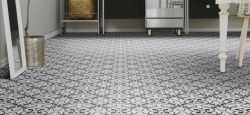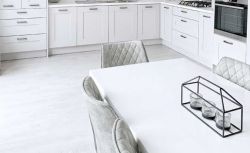How to choose engineered wood by room
Bringing a natural glow to your space, engineered wood is a great choice for any dry room in the home. Engineered wood in a bathroom is a big no-no because while it is less prone to warping from temperature and humidity than solid wood, it can still be damaged by water and there are much better flooring choices out there that give you the look of real wood plus water resistance, like wood-effect luxury vinyl tiles.
Bedroom engineered wood
Whether you have a country cottage bedroom or a modern apartment, engineered wood looks stunning in a bedroom. Choose warm-toned oak engineered wood flooring to create a cosy look and feel.
Living room engineered wood
Engineered wood flooring in a living room offers a blank canvas to build the rest of your room around. Go for a pale wood for a Scandi, minimalist look, or add a touch of Parisian glamour with timeless and chic herringbone engineered wood flooring.
Dining room engineered wood
Wooden flooring in a dining room looks really elegant, but you just need to take care when moving dining chairs back and forth. Our engineered wood care guide has plenty of tips for preventing scuffs and scratches on your beautiful wooden floor.
Hall engineered wood
A wooden hallway floor really makes an entrance! Herringbone wood is always a popular choice but go for mid to light coloured woods to keep your hallway or landing nice and bright. As this is a busy space in the home, a lacquered finish would offer a bit more durability.
Kitchen engineered wood
Because of its temperature stability, engineered wood can be used in kitchen – just make sure any spills are mopped up right away! If you have a long and thin galley kitchen, having herringbone engineered wood with its zig-zag design will draw the eye and make the space appear much bigger.
Conservatory engineered wood
Conservatories can get pretty warm and also really cold, so we’d say avoid fitting engineered wood here if possible due to the extreme temperature fluctuations. Wood will fade naturally over time, so discolouration is to be expected – and this is likely to happen much faster in a sunny conservatory.





























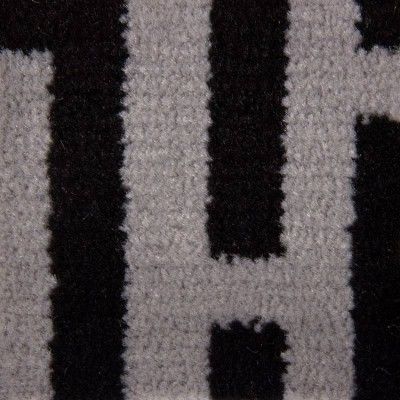

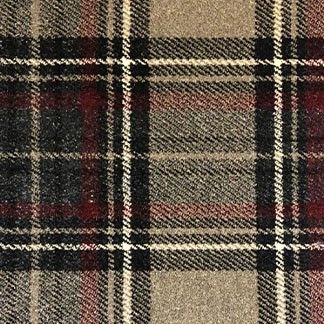
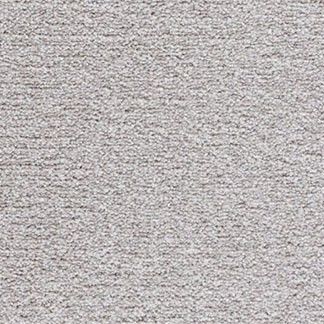












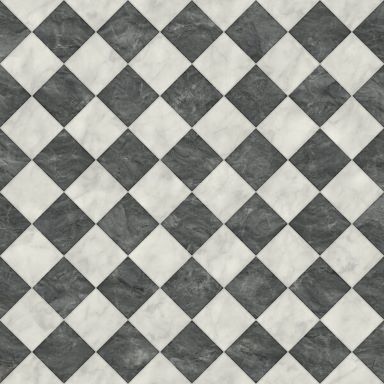
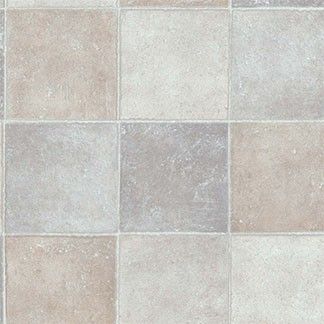










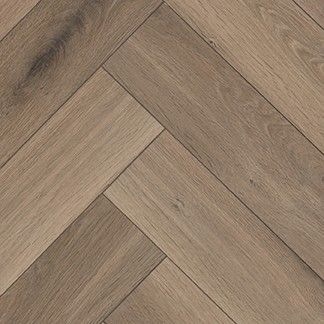
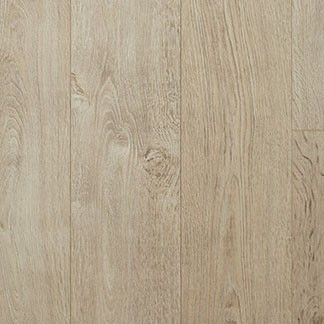

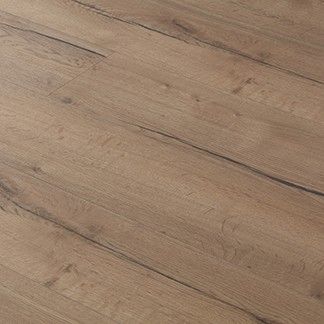
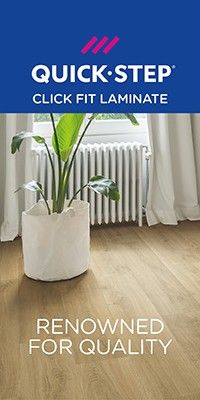











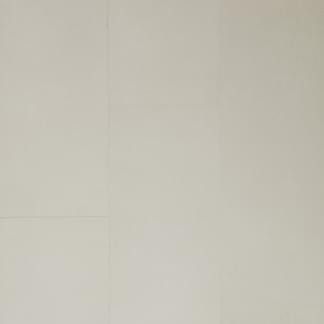
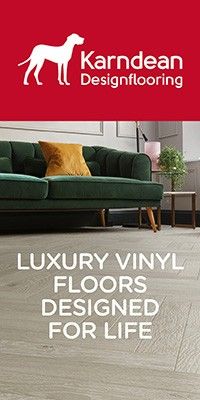

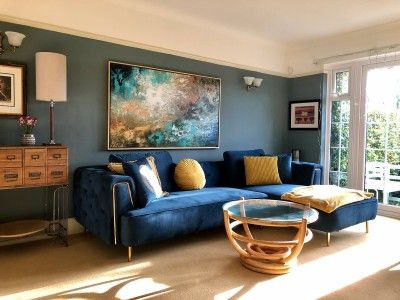

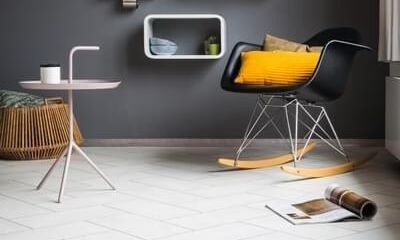
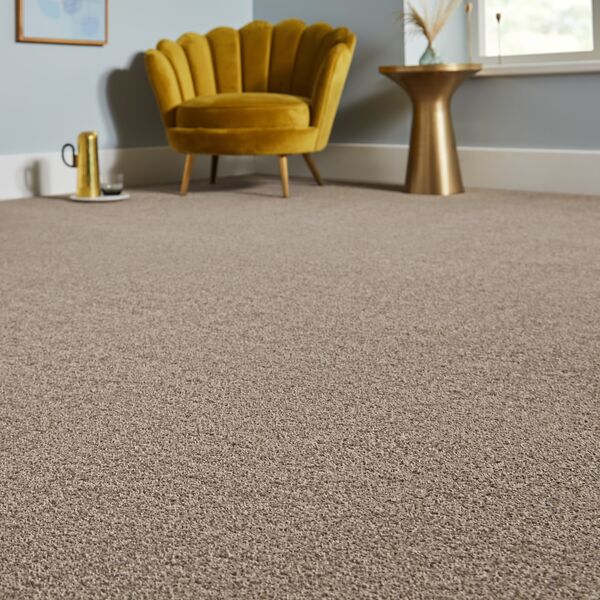
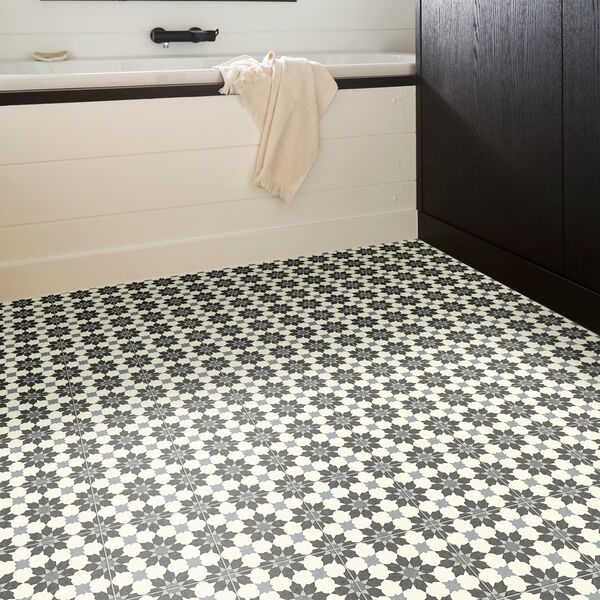
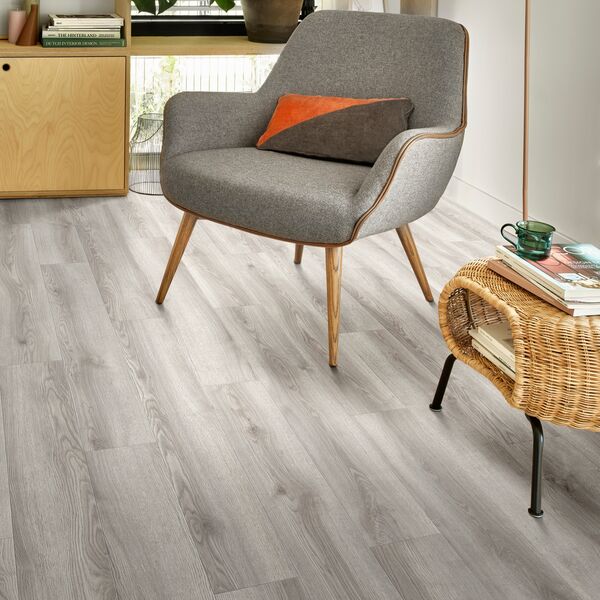
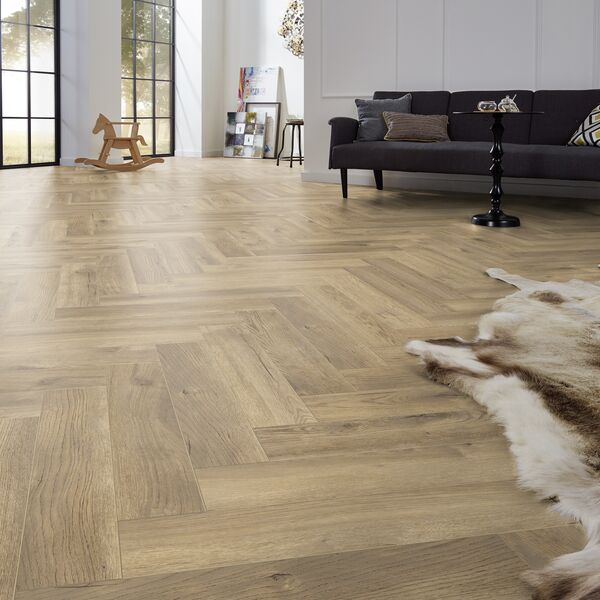








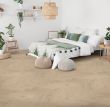
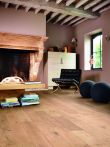


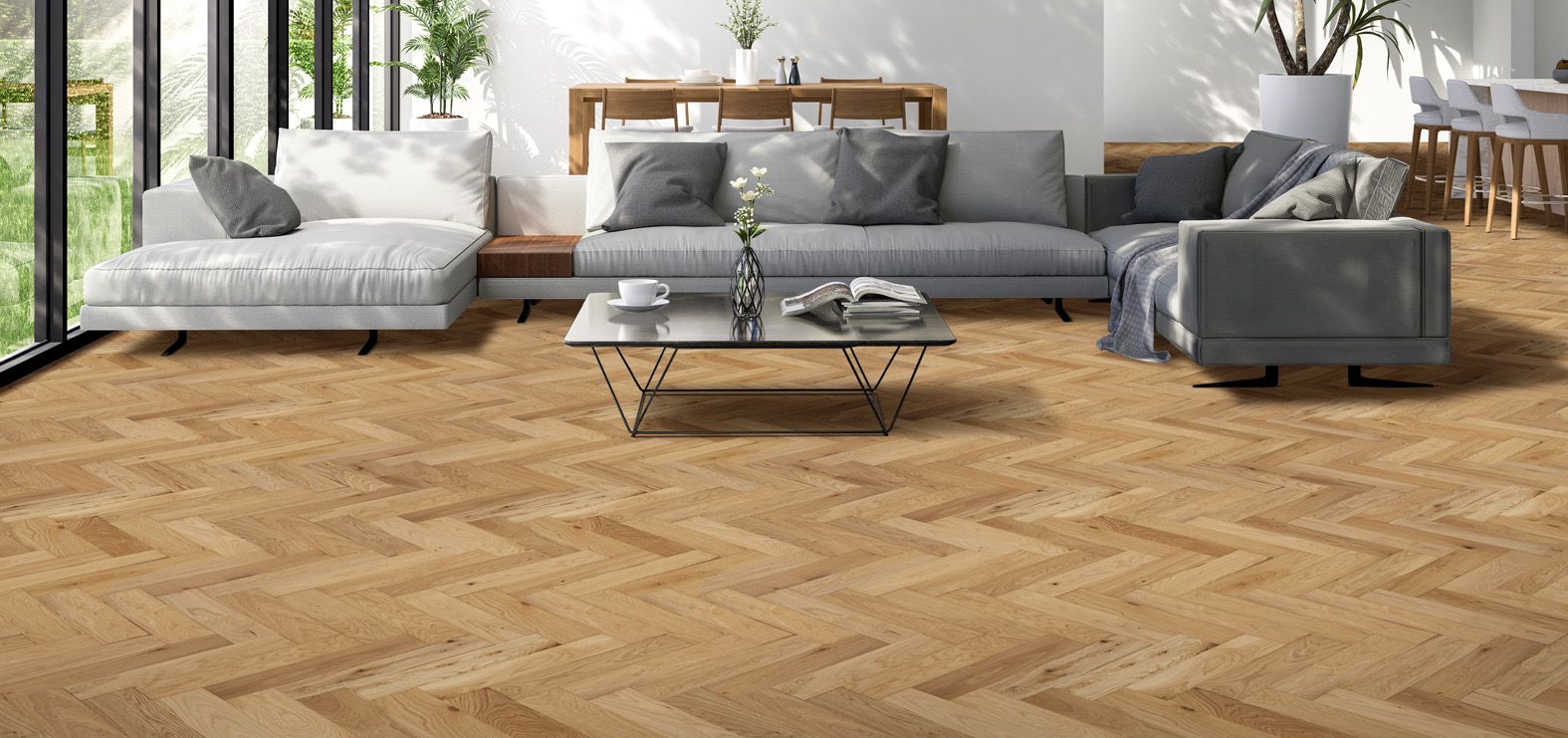
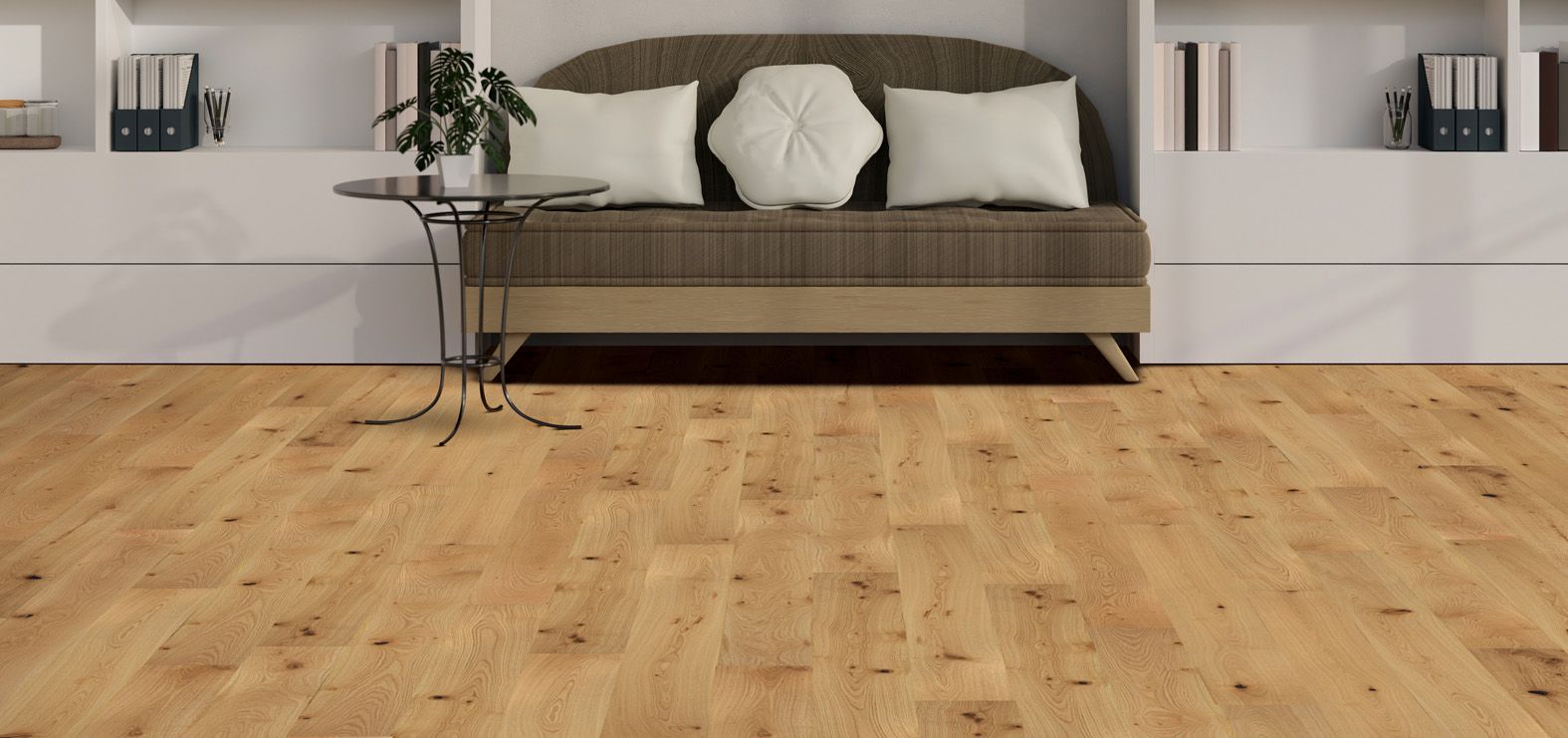
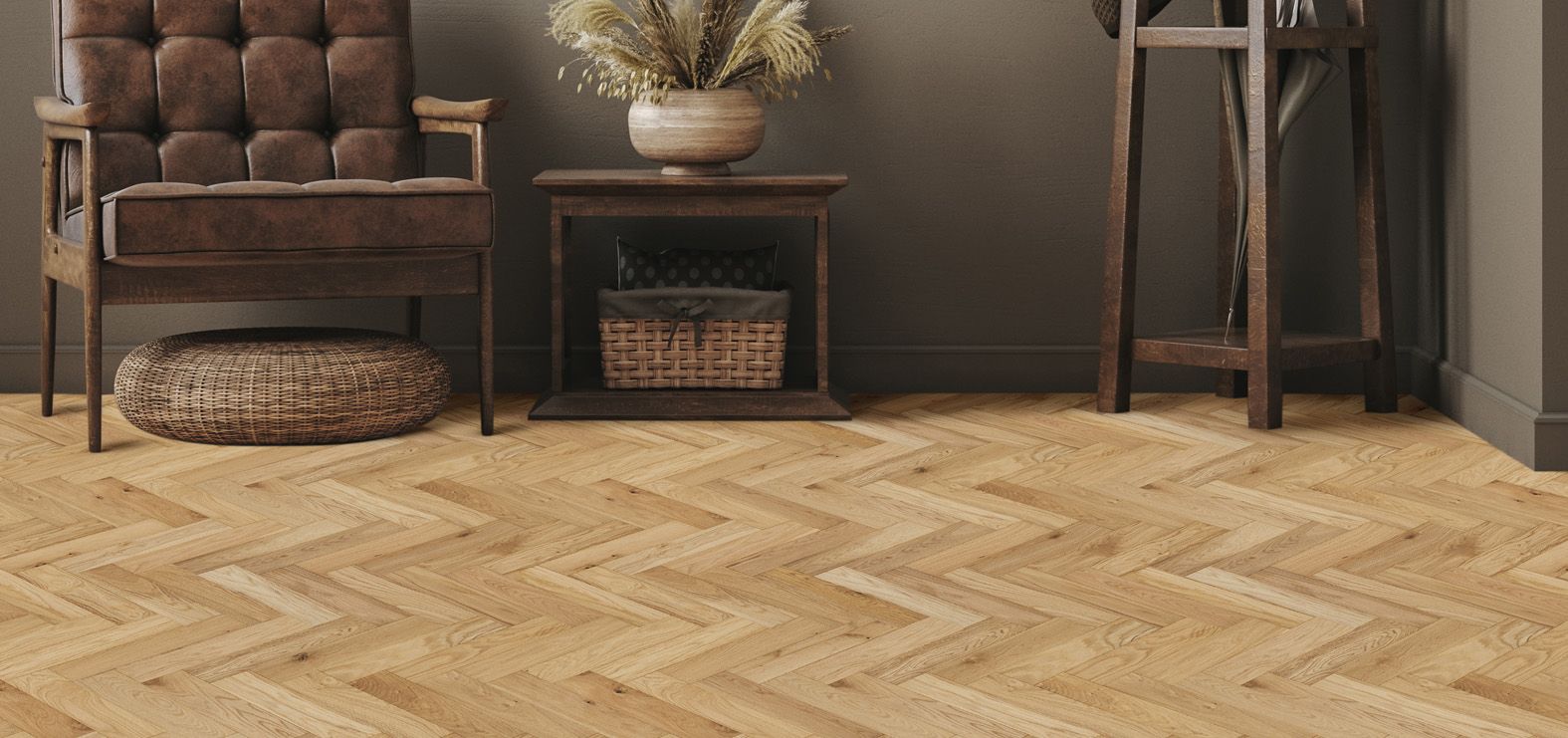
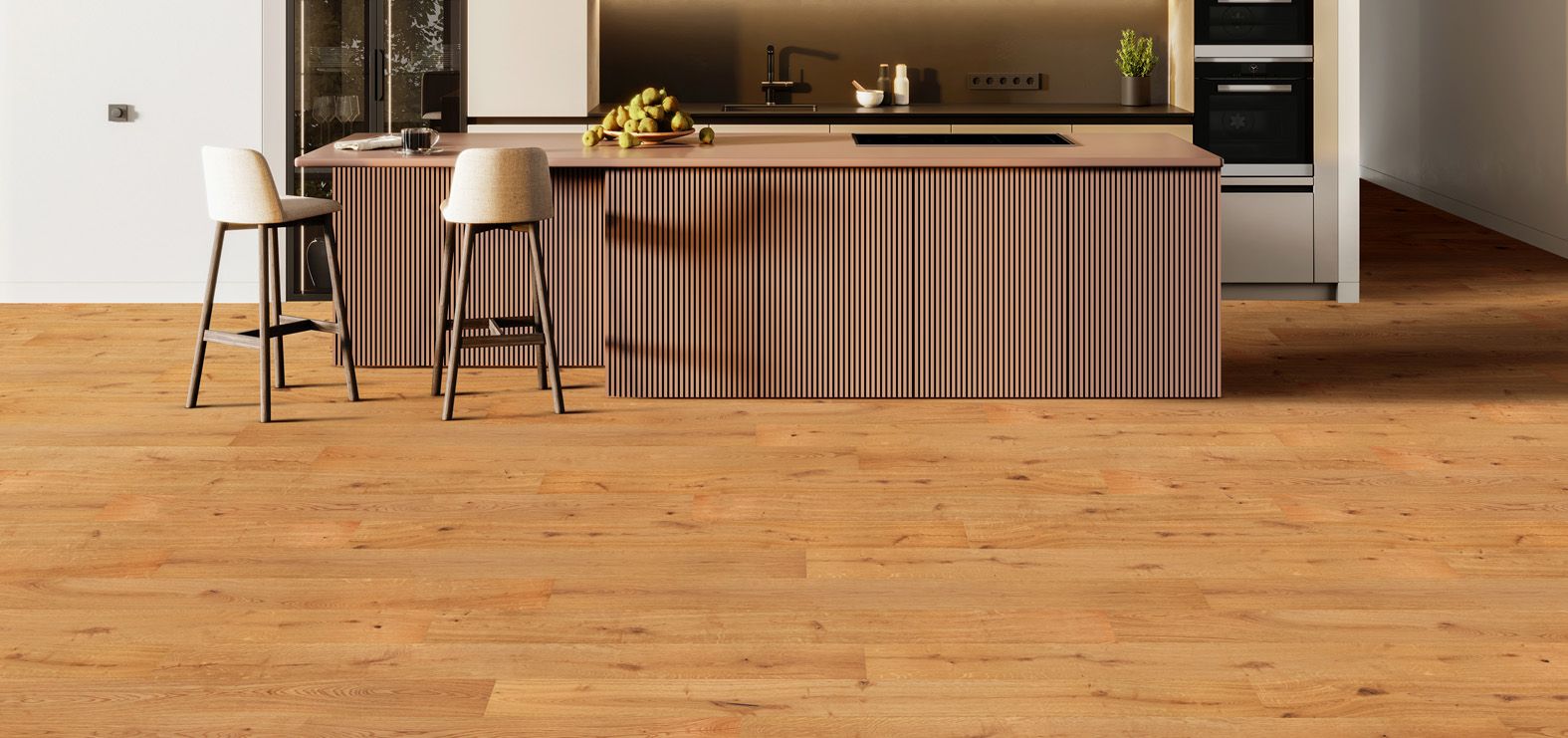
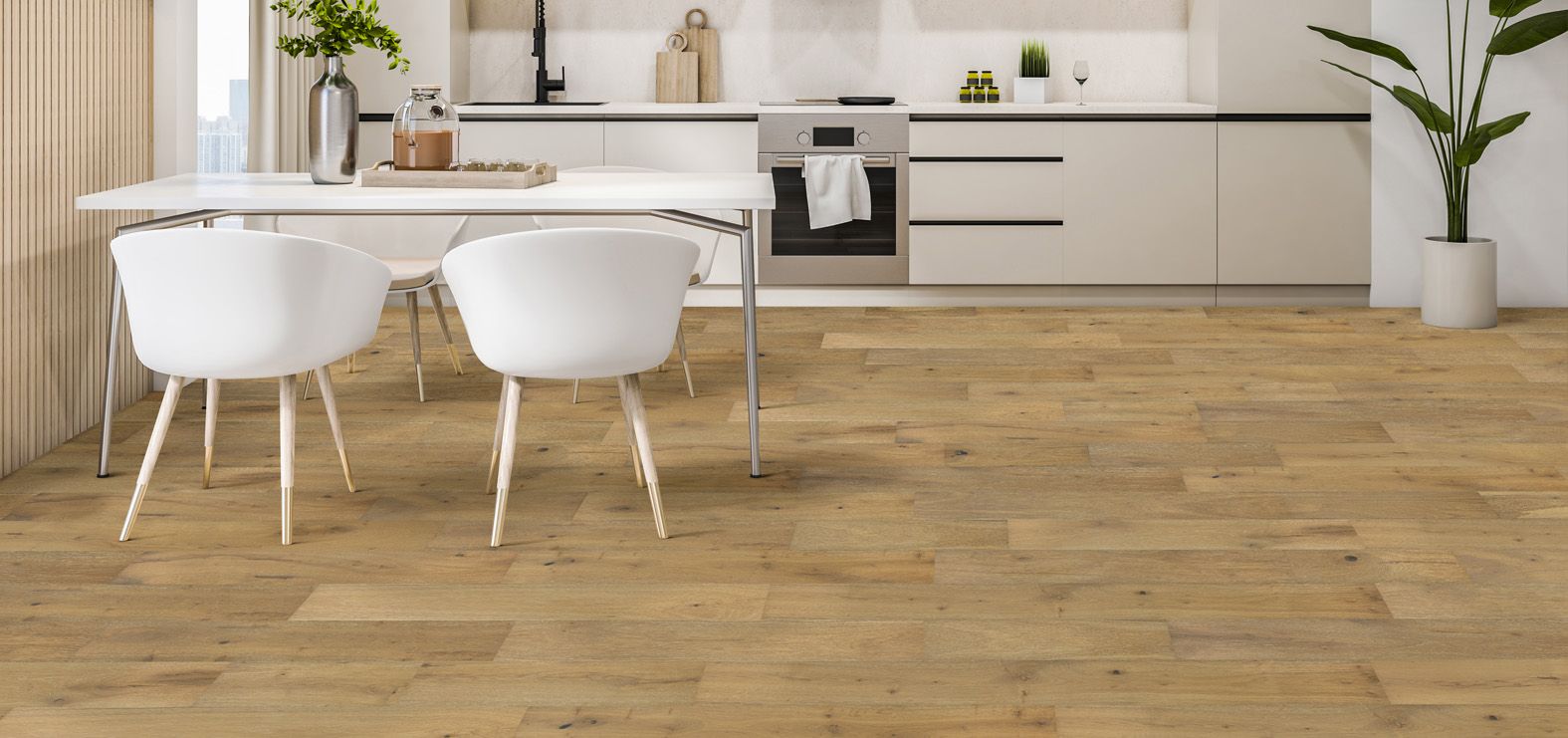

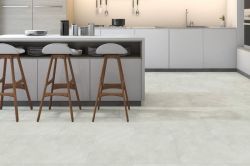
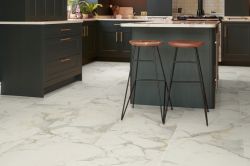
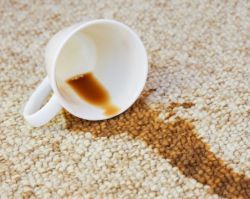
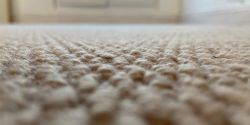
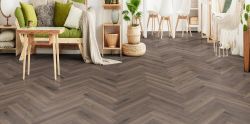
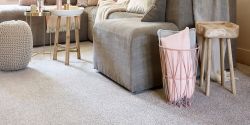
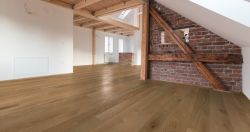
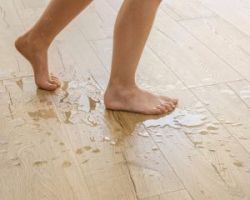
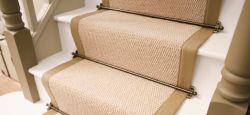
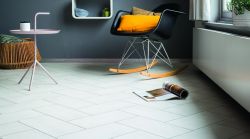
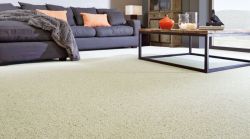
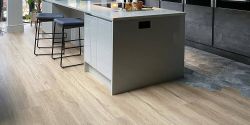
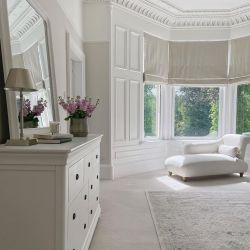
-250.jpg)
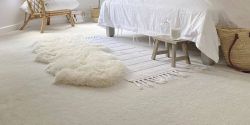


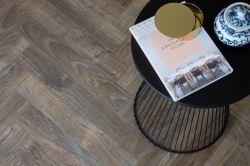
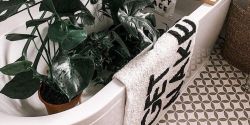
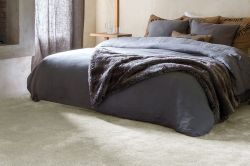
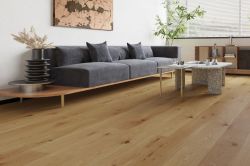
-250.jpg)
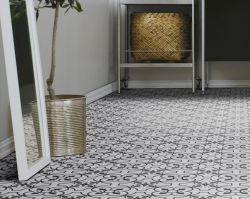
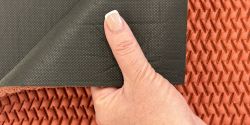
-250.jpg)
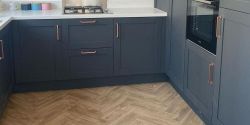
 copy-250.jpg)
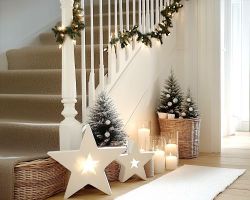
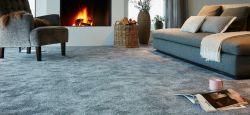
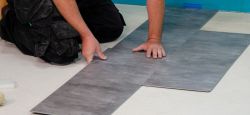
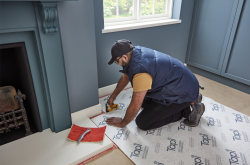

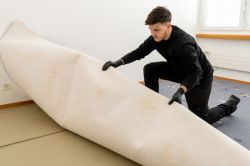
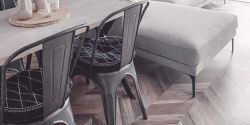
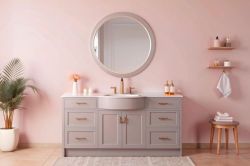
-250.jpg)
 - Article Image (not header)-250.jpg)
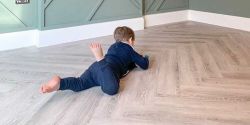
-250.jpg)
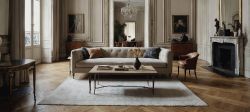
-250.jpg)
